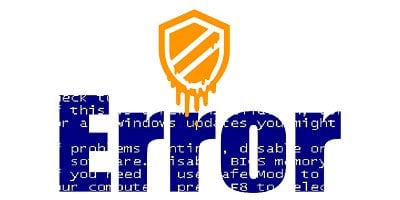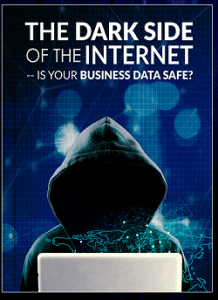
Patching the Meltdown Patch
 According to meltdownattack.com, these hardware vulnerabilities allow programs to steal data which is currently processed on the computer. While programs are typically not permitted to read data from other programs, a malicious program can exploit Meltdown and Spectre to get hold of secrets stored in the memory of other running programs. This might include your passwords stored in a password manager or browser, your personal photos, emails, instant messages and even business-critical documents.
According to meltdownattack.com, these hardware vulnerabilities allow programs to steal data which is currently processed on the computer. While programs are typically not permitted to read data from other programs, a malicious program can exploit Meltdown and Spectre to get hold of secrets stored in the memory of other running programs. This might include your passwords stored in a password manager or browser, your personal photos, emails, instant messages and even business-critical documents.
It turns out the patch that Microsoft created for Meltdown could be worse than the original Meltdown vulnerability. Ulf Frisk, a Swedish penetration tester, warns in his blog:
“Did you think Meltdown was bad? Unprivileged applications being able to read kernel memory at speeds possibly as high as megabytes per second was not a good thing.
Meet the Windows 7 Meltdown patch from January. It stopped Meltdown but opened up a vulnerability way worse … It allowed any process to read the complete memory contents at gigabytes per second, oh – it was possible to write to arbitrary memory as well.
How is this possible?
In short – the User/Supervisor permission bit was set to User in the PML4 self-referencing entry. This made the page tables available to user mode code in every process. The page tables should normally only be accessible by the kernel itself.”Read more at https://blog.frizk.net/
Last week, Microsoft released an out-of-cycle security patch to address the problems created for the original patch.
Meltdown Patch: CVE-2018-1038 | Windows Kernel Elevation of Privilege Vulnerability
An elevation of privilege vulnerability exists when the Windows kernel fails to properly handle objects in memory. An attacker who successfully exploited this vulnerability could run arbitrary code in kernel mode. An attacker could then install programs; view, change, or delete data; or create new accounts with full user rights.
To exploit this vulnerability, an attacker would first have to log on to the system. An attacker could then run a specially crafted application to take control of an affected system.
The update addresses the vulnerability by correcting how the Windows kernel handles objects in memory.
More on the update from Microsoft: https://portal.msrc.microsoft.com/en-us/security-guidance/advisory/CVE-2018-1038#ID0EWIAC
Patch Management Policy
Patching is a common issue that we discuss, in fact, it’s one of the top 5 common cyber threats. Did you know:
- 45% of companies are not using a dedicated patch management solution to distribute and manage software updates.
- 72% of decision-makers do not deploy a patch within 24 hours after it is released to the public.
- Failure to patch caused the infamous Equifax breach, releasing the data of 143 million people.
In a recent interview, Chris Goetti, director of product management at Ivanti, says the vulnerability created by the Microsoft patch is pretty significant and something that needs to be addressed with haste, if possible.
“When Microsoft issued a fix for Windows 7 and Windows Server 2008, they made a mistake and ended up opening up read and write access in RAM so anybody could access anything in memory and write to it,” he says. “It is a significant vulnerability and leaves those systems pretty much exposed” without the update.
If you don’t have time to test the new patch, a best practice may be to roll back to the March update and wait for Microsoft’s next update on April 11.
“We are close to the April update,” Goetti says. “Our guidance is to either apply the new update or roll back the March update,” for Windows 7 x64-bit systems and Windows Server 2008 x64-bit systems, he says.




